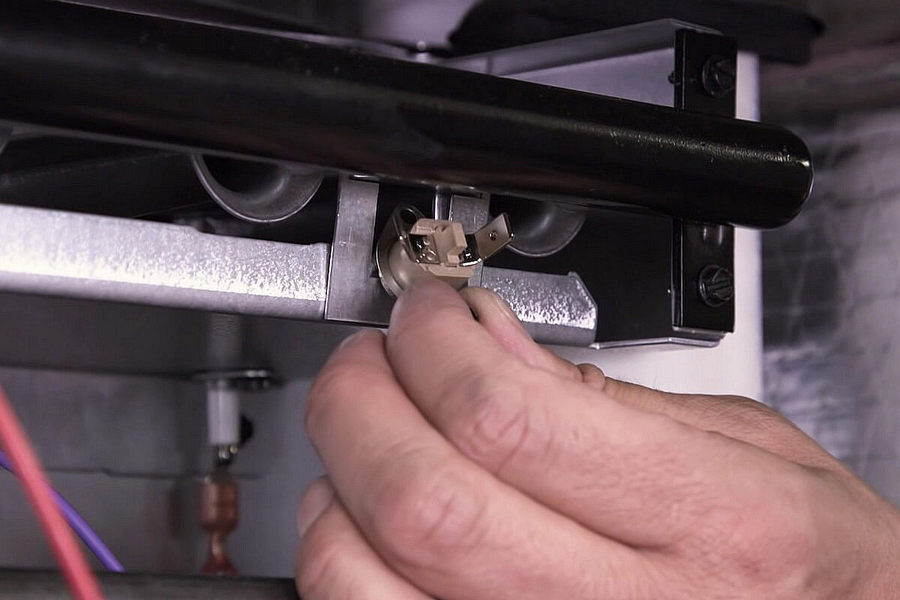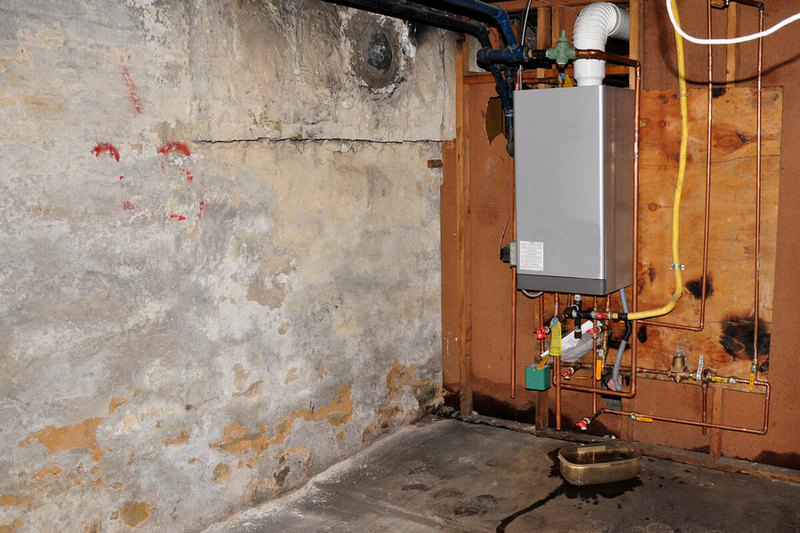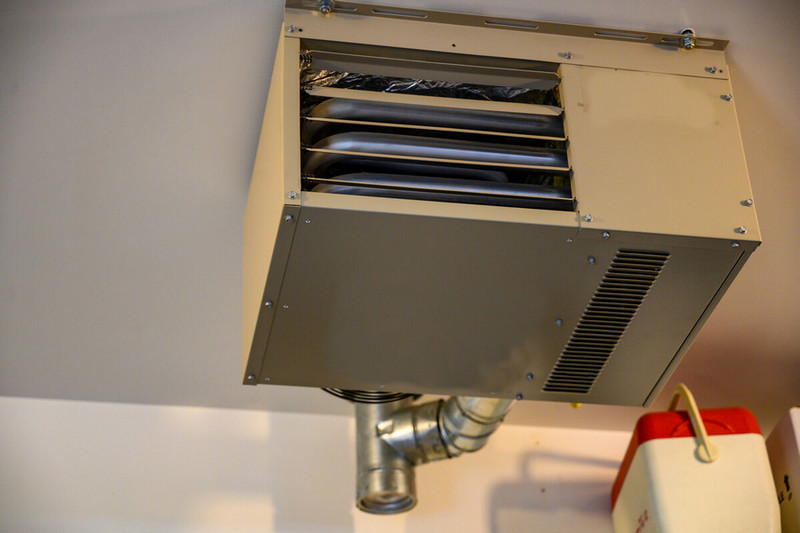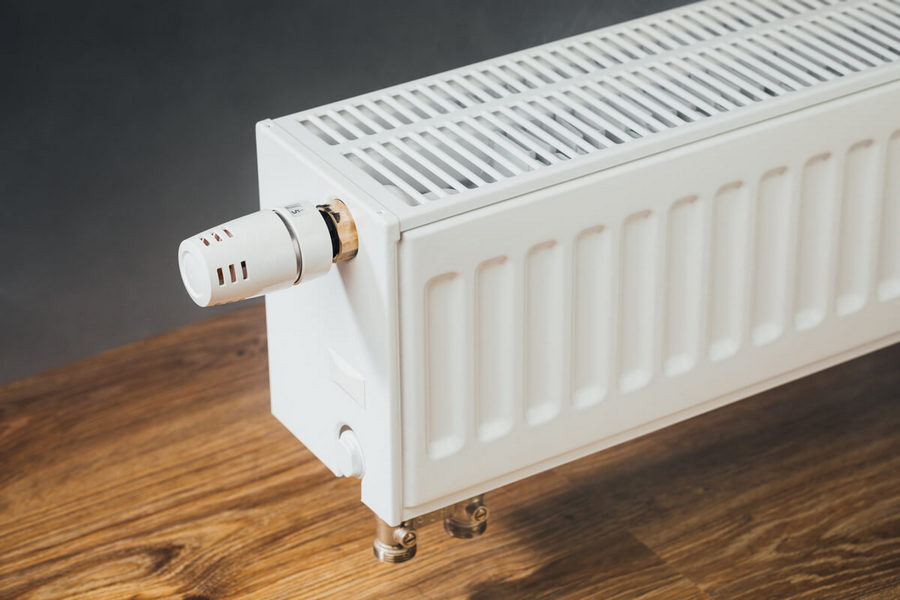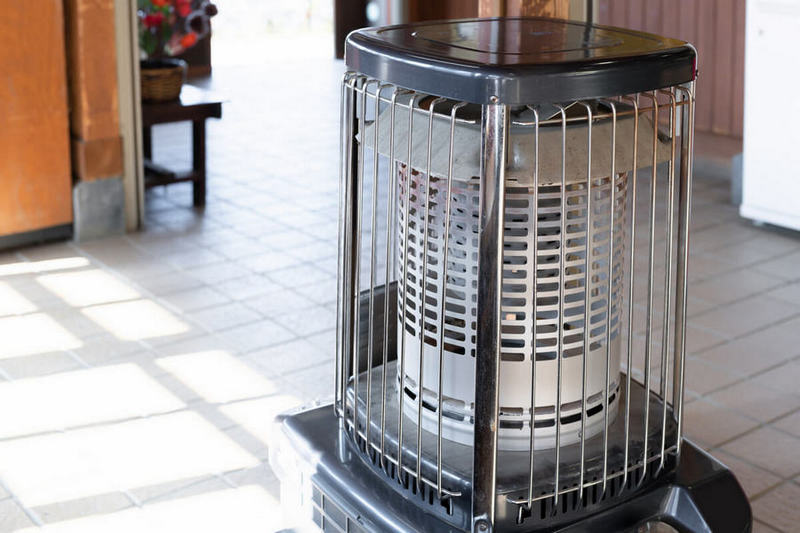If your furnace’s flame rollout switch keeps tripping, then it can not only be frustrating but also very dangerous. Thankfully modern heating systems are generally very safe, affordable, and easy to maintain. But unfortunately, this doesn’t mean that nothing can ever go wrong.
If you are inexperienced with how heating and furnaces operate, you can be unsure what to do. Here you will learn everything you might need to know if your flame rollout switch is tripping.
What is a Flame Rollout Switch?
A flame rollout switch is essentially something that monitors and detects any fire or exhaust gases that make their way into your furnace’s burner compartment. It is a piece of safety mechanics that is in place to prevent any accident that may occur with a malfunctioning furnace.
A flame rollout switch looks like a small metal switch that has two wires connected to it. In the middle of it is a button that can be pressed to reset the switch. Often a furnace will have more than just one switch in the burner compartment.
There can be two or sometimes three switches placed, depending on the size and shape of the compartment. If a flame rollout occurs, the switch will be tripped and turn off the furnace. After this, the switch can be reset by pressing its button.
Rollout Switch vs High Limit Switch
While performing similar tasks, these two switches can be confused with one another. In the grand scheme of things, these devices are a safety measure in place to protect your furnace and your home but respond to different situations.
The fire rollout switch is located in the burner compartment and detects if any fire or gas does not get sucked into the heat exchanger.
If the rollout switches are triggered, it means something is wrong with the furnace, and the flames that roll out from the burner can burn the inside of the furnace. Along with this, they can release dangerous gases that can escape the furnace and enter into your house.
One of those gases that can be released is carbon monoxide. This is one of the most deadly gases as it’s both colorless and odorless. If carbon monoxide is leaking into your home, you wouldn’t know until you became ill.
That is, of course, if you didn’t have an alarm. If you have any type of gas appliance, it’s always a good idea to buy yourself a carbon monoxide alarm for peace of mind.

Check out this carbon monoxide detector.
What is a High Limit Switch?
The high limit switch also serves as a safety mechanism but not exclusively. It measures the temperature in the furnace’s heat exchanger and can control the blower fans to allow warm air to circulate through your home when it is heated up.
The high limit switch also makes sure that the temperature does not become too hot in the heat exchanger. If it does, then the switch shuts off the furnace. This is because excessively high temperatures can cause the heat exchanger to crack, allowing dangerous gases to escape the furnace again.
Since both of these switches being tripped results in the furnace being turned off, it can be hard to figure out which switch is actually the culprit. The best way to tell the difference is to look at the furnace’s control panel and see which indicator light is flashing.
You can then consult the instruction manual that comes with the furnace to figure out what the indicator light means and what error it actually is.
Read also: How to install a new HVAC filter in the right direction
Bad Rollout Switch Symptoms
There is a chance, although it is small, that your tripped flame rollout switch is happening without the flame rollout occurring. This is a good indicator that it is broken if the switch is open without any apparent cause.
This is very easy to check. First, you have to open up and observe the burner flames next to the burner compartment while the furnace is on. A proper furnace will have all the flames neatly sucked in towards the heat exchanger in a cylindrical fashion.
If there is an issue, you will notice flames rolling out into the burner compartment. This poses a threat to the essential electrical components of the furnace and a fire hazard. If you do not observe a flame rollout, you might want to test your rollout switch using a multimeter.
What Causes Flame Rollout Switch to Trip?
A rollout switch will trip if the flames from the burner are not correctly sucked into the heat exchanger and instead rollout into the burner compartment. If this happens and the switch trips, then it is very likely that something is wrong with your furnace.
Please do not disregard this and continue to reset the switch on your furnace, as it is very likely to damage the furnace further and potentially cause harm to you due to the escaping of toxic gases. Instead, you want to figure out what is causing the issue. Here are some of the common causes of flame rollouts.
Blocked Exhaust Vents
Blocked exhaust vents can be an issue as they restrict airflow to the furnace. This, in turn, leads to flame rollout. In addition, an exhaust vent that leads to the outside can often be blocked by things like twigs, leaves, and bird nests, among other things.
However, you can quickly solve this issue by checking your vents, clearing out any possible obstructions, and then checking if the furnace is working as intended.
Blocked Heat Exchanger
A blocked heat exchanger presents the same issue as a blocked exhaust, mainly being a restriction of airflow. This can occur due to excessive buildup of soot and corrosion that occurs in the metal over long periods of time. This blockage restricts the furnace’s performance and may be the reason for flame rollout.
It can be difficult cleaning a heat exchanger on your own especially depending on the type of furnace you have, so it is best to call in a qualified technician to do it for you.
Heat Exchanger is Cracked
Another potential cause for flame rollout is if the heat exchanger has a crack. As previously mentioned, this also messes with the airflow causing the flame to rollout. On top of that, it also means harmful gases are escaping your furnace and threatening your health.
Usually, if a heat exchanger is damaged, you’ll need to get a new one. This can be expensive, and sometimes it is simply easier to get a new furnace.
Blocked Burners
One more potential cause for the flame rollout is the burners themselves. The burners can be blocked, which will lead to low pressure. A simple solution for this is cleaning the burners to restore the gas pressure.
How to Test a Flame Rollout Switch
If you suspect your furnace’s rollout switch is faulty, you can quickly check if there is an issue using a multimeter by following the steps below.
First of all, make sure the furnace is turned off, and afterward, open it up and find the switches in the burner. What you’re looking for is a little metal device with a button and two wires connected from the sides. There may be more than one switch in your furnace.
Disconnect those wires from their terminals and reset the switch. This is easily done as all you need to do is press the button in the middle. Now you will need a multimeter. If you have one, then put it to either the continuity setting or ohms. Next, connect the multimeter to the switch terminals.
If the switch is in working condition, the device shows low resistance somewhere between 0 to 2 ohms or a short circuit. If the switch is faulty, it will show either high resistance or an open line. If the switch is broken, you will want to replace it. If there is no issue, connect the wires back to the switch and close the furnace.
How to Fix a Tripped Flame Rollout Switch
A tripped flame rollout switch can be reset, but if you do not address why the switch is tripping, you will create a hazardous situation at your home. Unfortunately, a tripped flame rollout switch can often mean something is seriously wrong with your furnace.
If you cannot fix the flame rollout on your own, you must contact a specialized technician to take care of the issue.
This is especially true because the issues can arise due to some complex electrical component malfunctioning which you will be unable to fix unless you know what you are doing.

